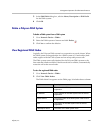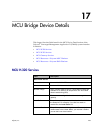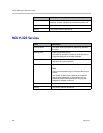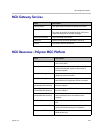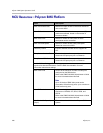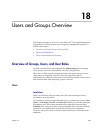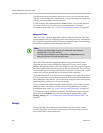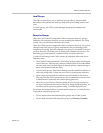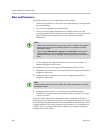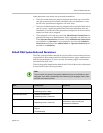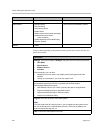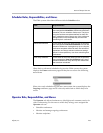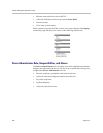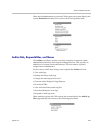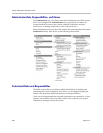
Users and Groups Overview
Polycom, Inc. 251
Local Groups
The CMA system allows you to add local groups (that is, groups added
manually to the system) and associate them with provisioning profiles and
roles.
For local groups, the CMA system manages all group information and
associations.
Enterprise Groups
When the CMA system is integrated with an enterprise directory, groups
defined to the enterprise directory are not automatically added to the CMA
system, but you can import them into the system.
When the CMA system is integrated with an enterprise directory, the system
manages only three pieces of group information: the provisioning profile
assigned to the group, the roles assigned to the group, and whether or not the
group is Directory Viewable (that is, displayed in endpoint directories). The
remaining group information is pulled from the enterprise directory.
To take full advantage of the CMA system, the enterprise Microsoft Active
Directory must:
• Have Global Catalog turned ON. The Global Catalog enables searching for
Active Directory objects in any domain without the need for subordinate
referrals, and users can find objects of interest quickly without having to
know what domain holds the object.
• Use universal groups. The Global Catalog stores the member attributes of
universal groups only. It does not store local or global group attributes.
• Have a login account that has read access to all domains in the Active
Directory that the CMA system can use. We recommend an account with
a administrative username and a non-expiring password.
• Have the Active Directory Domain Name Service correctly configured.
For more information about Active Directory design and deployment, see
the Microsoft best practices guides at http://technet.microsoft.com.
For system and endpoint directory performance purposes, two best practices
in regards to enterprise groups are:
• Do not import more than 500 enterprise groups into a CMA system.
• Do not mark more than 200 enterprise groups as Directory Viewable.



